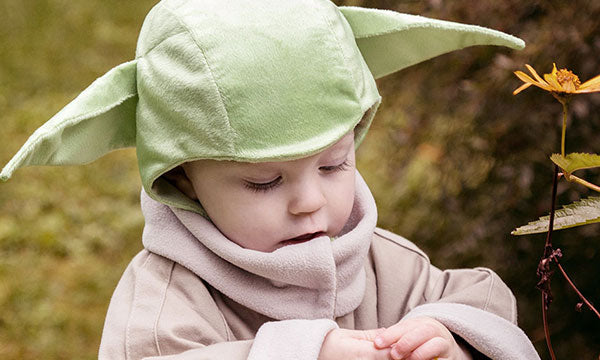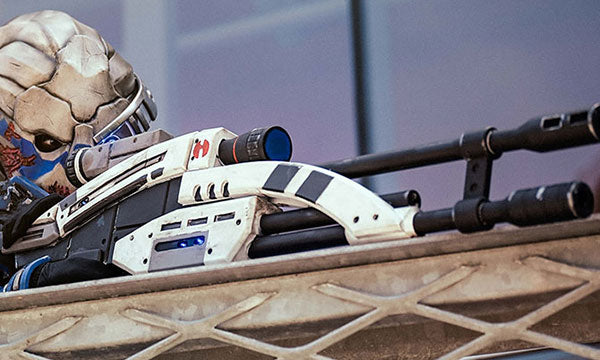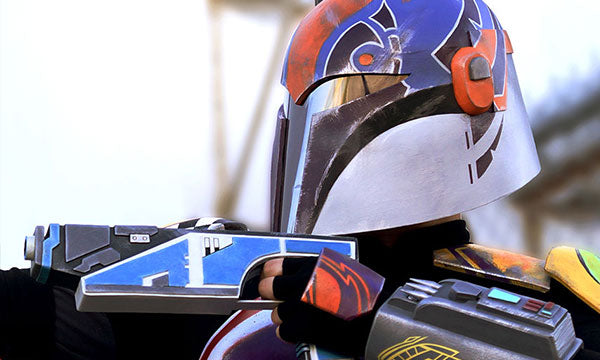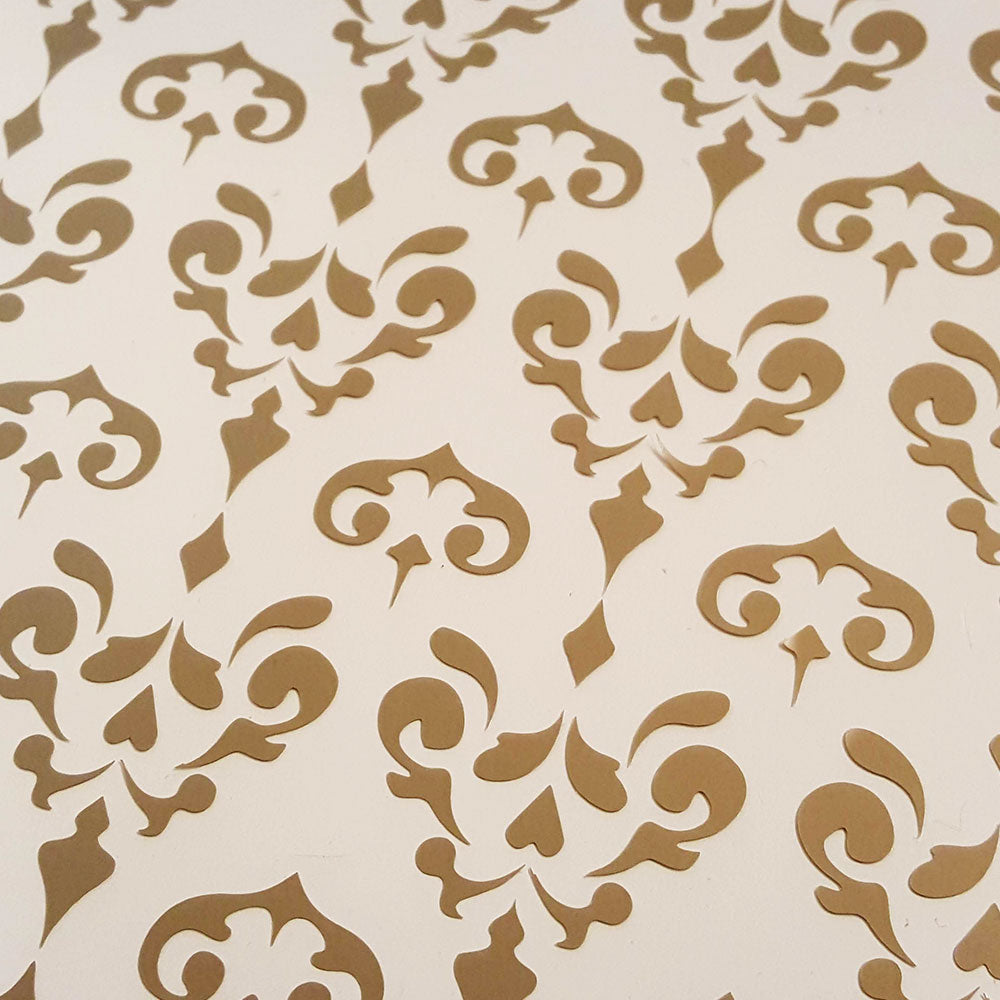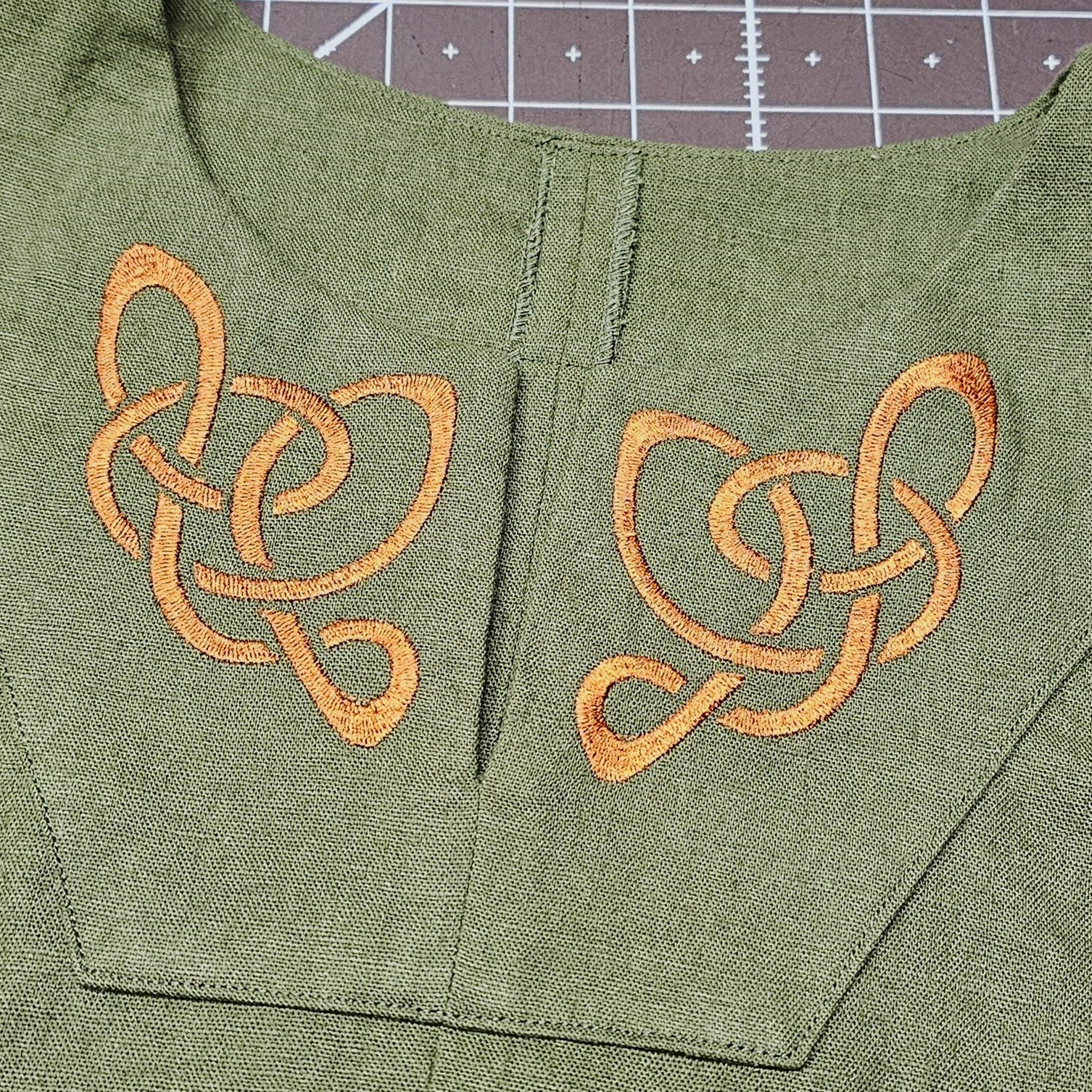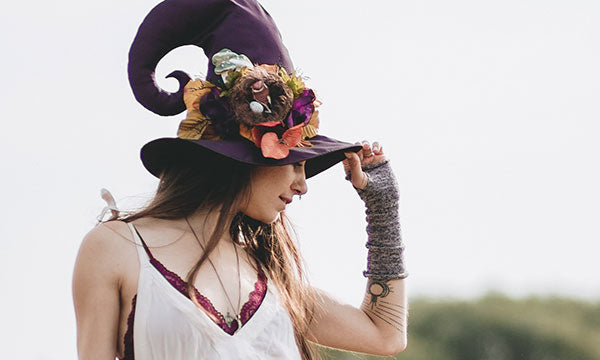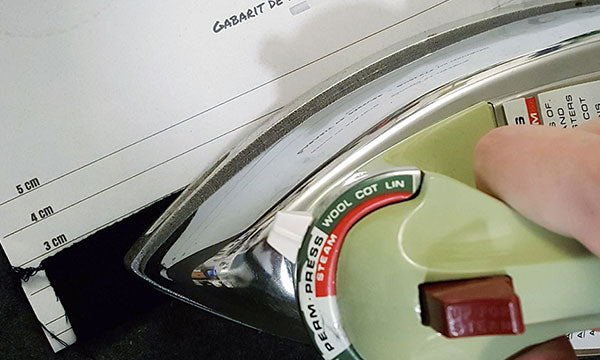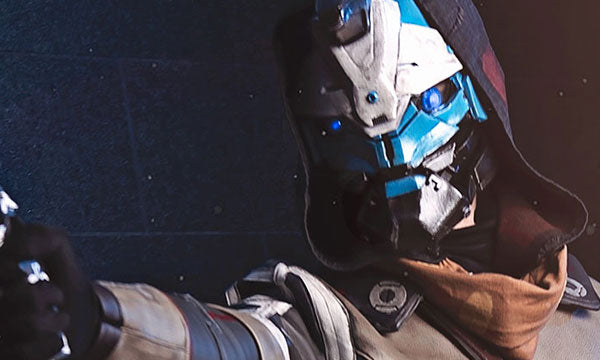My top 10 essential sewing tools
Since I started sewing costumes, I have accumulated tools ... lots of them.
Honestly, in my workshop, there are gadget more useful than others. But, I still have basics. Little thingies that I can't go without anymore. That I use pretty much all the time.
Here is my list of 10 simple gadget that save my life with every sewing project.
Good scissors
That's pretty much obvious . A good pair of scissors is a must .
But chances are you want more than one good pair.
First, because your fabric scissors are for fabric. And ONLY for fabric. So put a little sticker on it, let everyone in your house know. Your fabric scissors are precious. That said, you don't have to get a $90 pair to be happy. As long as you take care of them, it's gonna be fine.
Next, you're probably gonna want a small pair of scissors. Also for the fabric. But for the details. Because it's awful trying to make a small, precision cut with huge 12" long tailor's scissors. With a smaller pair, you are closer to your project, and it's easier to be delicate.
And finally, you'll want a pair of scissors for everything else. Because there's a big bunch of different materials that you're going to want to cut (at the very least, paper). So you need a pair of scissors that you can use for a lot of stuff. My suggestion, if you don't already have a good pair of scissors for anything: go to the Dollar-Store, then buy yourself a pair of fabric scissors. To cut fabric, not super effective… But they are awesome for everything else.
Eventually, you might end up having a lot of it, like me... But you don't have to.
I know, I may have a fixation.

Rotating knife and a large cutting mat
Certainly scissors are essential. But ever since I discovered the rotary knife* a few years ago, I've been in love ever since. Honestly, I can't live without it. You will definitely need a good cutting mat too (if not, you're going to destroy your table). But it really is a useful duo.
I especially like using my rotary knife for trimming delicate fabrics. You know, those fabrics that move just because you look at them? Sheers, satins, crepe, that sort of thing.

Transparent ruler
Much like scissors, I have a little too much rulers. But the one I prefer, the one I couldn't live without, is my transparent grid ruler*.
It's super-duper handy because you have markers all over. I use it for ...
- adding seam allowances to a pattern
- drawing large parallel lines without breaking a sweat
- tracing lines at right angle
Honestly, this is an awesome rule. Mine is in cm. But it also exists in inches. And I've seen some with both (split half and half).

(yes I know it's old and dirty ... that's because I really use it all the time)
Wax chalk
It's my go to for tracing on fabric, but I often use it on some foams, worbla, and all kinds of other materials. I love wax chalk because it usually easy to erase. Simply with the steam of my iron. So it's super handy for making temporary markings or for testing stuff.
Be careful, however, always test before use, to make sure that your chalk marks will really go away (there are still some materials on which it won't come off as easily...).
If you don't have any, and would like to test, go get your little leftover soap in the shower (you know, that little piece that's way too small...), and let it dry. And There you go! You have wax chalk.

Iron
Nothing fancy. In fact, mine is even an old thing from I don't know when. But it remains an essential in sewing. As much as your machine. Yes, it's that important.
A good quality iron sure is nice. But better something really basic than nothing all. I once had a (kinda) good iron. And then it broke. So I temporarily replaced it with an old vintage thing that was lying in the back of a closet… and I'm still working with this one years later.
If you want to do a nice job, clean and well done, you will have to iron. Worse you iron a lot. Open your seam allowances, prepare your bias, press your hem… name it . You just can't miss it.
It's not even a question of loving ironing in life (my laundry, I don't iron it any more than you do), but when I make a costume, it takes one. Absolutely.

Safety pins
Well, as a cosplayer, that's the kind of thing you probably have in your survival kit. Because we all know it saves lives in conventions.
But besides the classic use of temporary repair, safety pins can be used for many little things.
I use it a lot to pass a cord or elastic in a casing. Or to turn tube right side out. I also, sometimes, use safety pins instead of straight pins when I have fitting with a client. When you wanna a put a pin near the breast or under the arm, use a safety pin. This way, you won't poke anything when taking off the garment. It's a super basic tool, but it's really handy.
By the way, don't settle for the Dollar-Store's safety pins, please. Go ahead ans spoil yourself! Invest a couple more bucks, and buy quality. This way, you'll make sure the tip of the pins aren't blunt before you even use them for the first time.

Curved needle
If you sew by hand, you need needles. So far, it's obvious. But when you start sewing larger pieces and stiffer materials, it's not always easy to sew with a regular needle. This is where the curved needle* will become your best friend. Trust me.
The shape of the needle makes it easy to pop out of the material on its own, even if you can hardly move your sewing piece.
Honestly, when I discovered curved needles, I was hooked straight away. Now I sew almost exclusively with them.
You don't have to convert completely. But if you sew hats, mascots or stuff with funny shapes, try them out. It's worth it.

Spray adhesive
If you've been a subscriber to my newsletter for long enough, you already know that I have a special attachment to spray adhesive*.
I looove it.
It's super easy and quick to apply. It doesn't leave residue, nor a thick layer of goo. It remains flexible. And (that's my favorite part), you can sew fabric with adhesive on it without smearing your needle. It's magic!
So I use it really often to stick fabrics together before sewing them. Like for appliqué and stuff like that.
- You cut your piece of fabric
- Apply the adhesive
- You install it on the other piece
- And you sew without being afraid that it'll moves.
This is freakin ’awesome. I swear to you.
Its only downside is that it has the potential to spill out anywhere you don't want if you're not careful. So, work in a suitable environment, ok?

Fray Check (or another brand, I don't really care...)
This thign is used to prevent fabric from fraying (hence the name). And it is very useful.
It's a bit between glue and varnish and it is super easy to apply straight from the bottle.
We all already know the trick of burning the end of a ribbon to keep it from fraying... But what do you do when your ribbon is mostly cotton? Because, you know, this trick only works for synthetic fibers, which melt instead of burning… But cotton burns. So what do you do?
Well, this is where the Fray Check* gets interesting.It's also very useful if you do a kind of appliqué with a fabric that frayed a bit (I say a little, because if it frayed a lot, change the fabrics, that's not a good idea…).
Just be careful because it can leave a small ring around your piece of fabric. As always, make some test!

Masking tape
If you've read my article on 5 DIY mini-tips to simplify your life in front of your sewing machine, you already have a good idea why I love masking tape. But, in addition to adding markers on my sewing machine, it's great for:
- making patterns
- holding parts temporarily
- hiding sections when painting props
- and for a lot of other stuff
I use a lot of tape of all kinds, but masking tape is definitely the one that serves me the most. I couldn't do without.
Note: Dollar-Store's masking tape does the job for a lot of stuff. On the other hand, it sticks less than those sold in hardware stores. This is to be taken into consideration when using it, let's say ... To make a pattern, get yourself a better tape, you won't be disappointed.
If you are using it as a cache for a paint job, I highly recommend the Frog Tape*. Yes, it is quite a bit more expensive. But is really magical. The little illustration on the box? It's true!

There you go! Hope this little list has given you some ideas for your workshop.
Talk to you soon.
Until then… Keep on crafting!
🤓✂🐙


